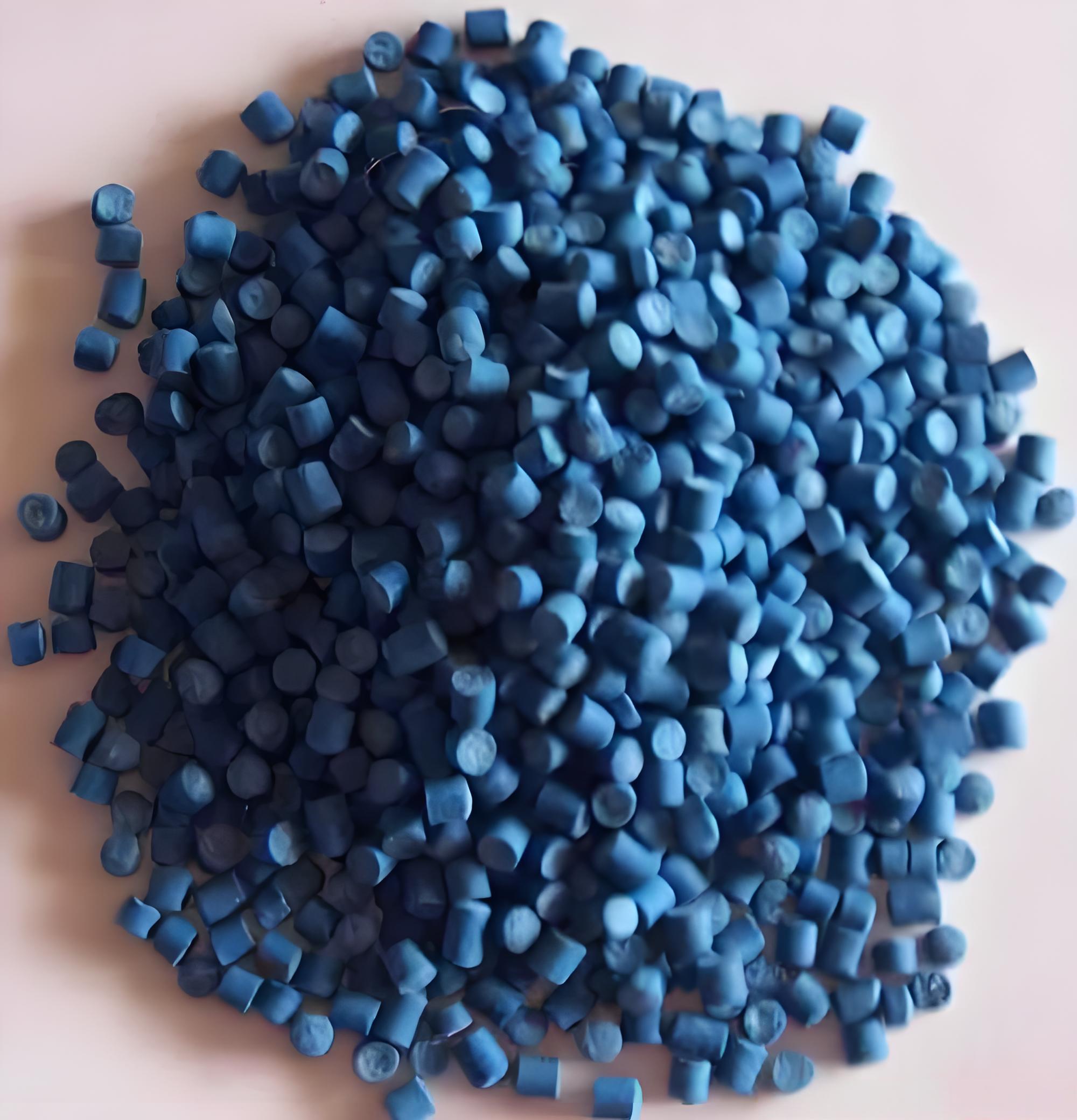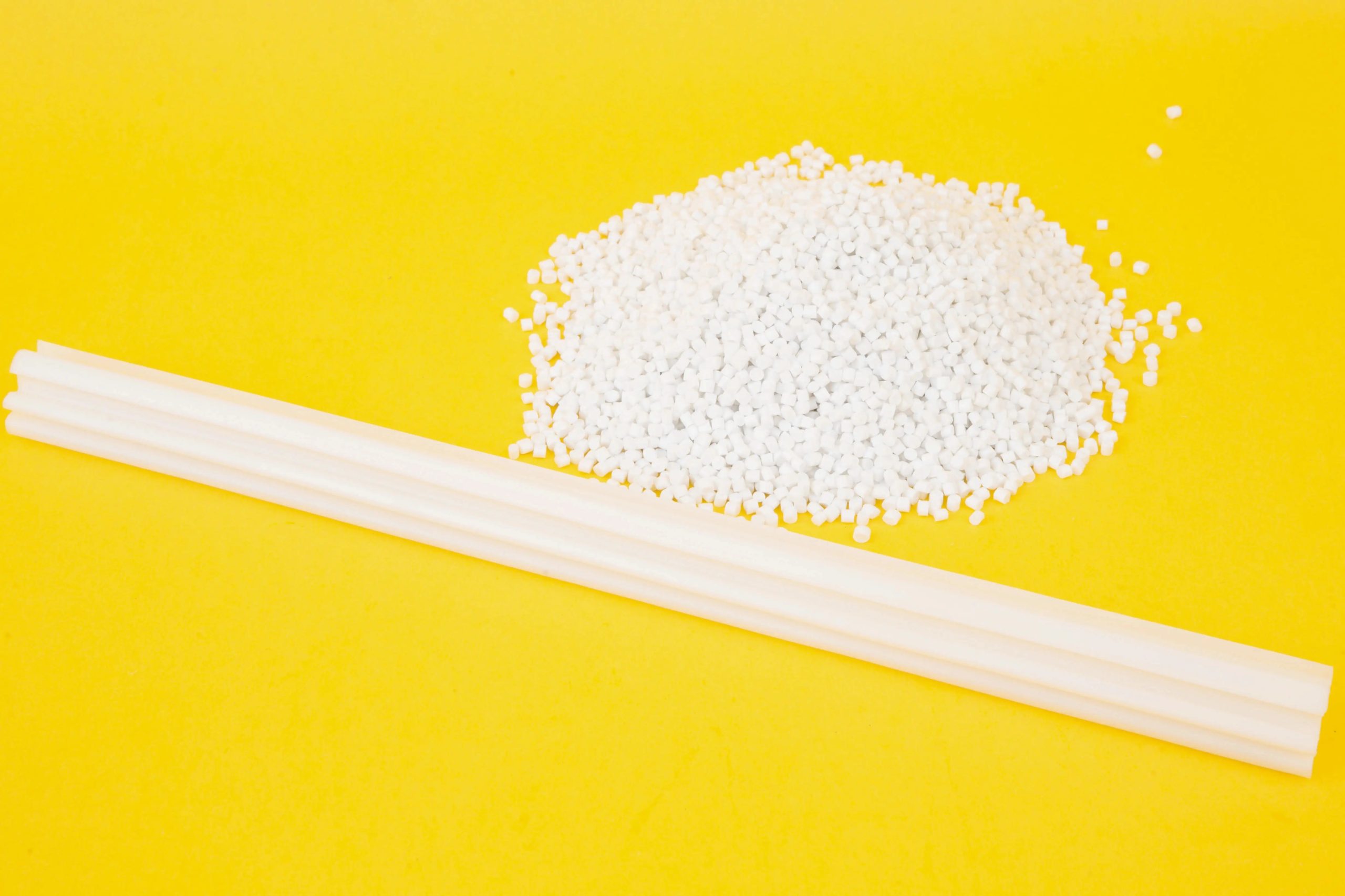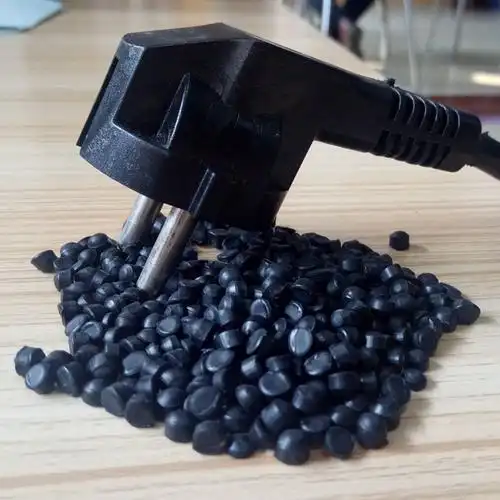Having worked in the rubber and plastics industry for over a decade, I’ve become intimately familiar with TPE (Thermoplastic Elastomer), a material celebrated for its flexibility, durability, and eco-friendliness. It’s widely used in everything from baby products to medical devices and fitness equipment. But one question I hear time and again is: “Why does my new TPE product have a smell?” Or more directly, “Is this odor normal? Is it safe?” Today, I’m diving into the world of TPE odors, drawing on my industry experience and scientific insights to address your concerns with clarity and practicality.

Where Does the Odor in TPE Products Come From?
The moment you open the packaging of a new TPE product and catch a faint—or sometimes slightly pungent—odor, it’s natural to feel a bit uneasy. Let’s break down where this smell comes from.
First, TPE is a composite material made from a blend of polymers and additives like plasticizers, stabilizers, or fillers. During high-temperature manufacturing processes like injection molding or extrusion, these additives can release low-molecular-weight compounds. These volatile organic compounds (VOCs) are the primary source of the “new product smell.” Freshly made TPE items, especially those straight from the factory, haven’t had time to fully off-gas, so the odor is more noticeable.
Second, the odor can be influenced by manufacturing processes. Different manufacturers use varying formulations and processing conditions. Some cut corners by using lower-quality raw materials or additives, which can result in stronger, less pleasant odors or even potential safety concerns. High-standard producers, however, prioritize quality control to minimize volatile emissions.
Finally, storage conditions play a role. If TPE products are sealed in plastic bags or boxes for extended periods, the trapped volatile gases can’t dissipate, making the smell more intense when you open the package.
Is the Odor Harmful?
The word “chemical smell” can set off alarm bells, and understandably so—no one wants to worry about health risks from a yoga mat or a baby bottle nipple. So, is the odor from TPE products harmful?
The answer is: In most cases, the odor from TPE products is normal and harmless. Reputable manufacturers produce TPE items that meet stringent safety standards, such as the EU’s RoHS directive, the U.S. FDA certification, or China’s GB standards. These regulations limit harmful substances like heavy metals or phthalates, ensuring the product is safe for human use.
That said, not all TPE products are created equal. Some small-scale or unregulated manufacturers may use substandard raw materials or additives to save costs. These products can have a stronger odor and, in rare cases, release harmful substances like formaldehyde or excessive VOCs. This is why choosing products with verified certifications is critical.
How to Assess the Safety of TPE Products?
To help you confidently select safe TPE products, I’ve put together a quick guide based on my years in the industry:
|
Check Point |
Description |
Recommendation |
Importance |
|---|---|---|---|
|
Odor Intensity |
New products may have a mild smell, but it shouldn’t be pungent or persistent. |
Smell the product; avoid if it’s harsh or off-putting. |
High |
|
Certifications |
Look for RoHS, FDA, or GB certifications to confirm material safety. |
Prioritize products with clear certifications. |
High |
|
Brand & Origin |
Established brands or reputable manufacturers prioritize quality control. |
Choose trusted brands over unknown ones. |
Medium |
|
Packaging & Info |
Legitimate products include material details, usage instructions, and clear packaging. |
Check for detailed product information. |
Medium |
If your TPE product has a strong or unpleasant odor that makes you uncomfortable (e.g., causes dizziness or nausea), reach out to the seller immediately. Ask for proof of certifications or a test report. I’ve seen too many cases in the industry where cheap, low-quality products caused more trouble than they’re worth—don’t take the risk.

How to Effectively Remove TPE Product Odors?
If you’ve confirmed your TPE product is safe but the smell is still bothersome, don’t worry. Here are some practical, tried-and-true methods I’ve used to reduce or eliminate TPE odors:
Ventilation
Place the product in a well-ventilated area, like a balcony or near an open window, to let air circulation carry away volatile gases. Typically, 2–7 days of airing out will significantly reduce the smell. For larger items like yoga mats or silicone placemats, lay them flat for better results. Note: Avoid prolonged direct sunlight, as UV exposure can degrade the material over time.
Warm Water Soaking
For water-safe TPE products (e.g., bottle nipples or kitchenware), soak them in warm water (40–50°C) with a small amount of mild detergent (like baby-safe dish soap) for 1–2 hours, then rinse thoroughly. This speeds up the release of volatile compounds and cleans surface residues.
Activated Charcoal
Place the product in a sealed bag or container with activated charcoal packets for 1–2 days. Charcoal effectively absorbs odors, making it ideal for smaller items like phone cases or gaskets.
Diluted Vinegar Wipe
Wipe the product with a cloth dampened with diluted white vinegar (1:10 ratio with water), then rinse thoroughly. Vinegar’s acidity can neutralize some volatile compounds, but use a low concentration to avoid damaging the material.
These methods have worked wonders for me over the years, especially ventilation, which is universally effective for TPE products. If the odor persists despite these efforts, it might indicate a quality issue—consider returning the product.
Industry Trends and Improvements in TPE Odors
As someone who’s been in the industry for years, I can tell you that TPE odor has been a focal point for manufacturers. With growing consumer demand for eco-friendly and health-conscious products, many companies are stepping up their game:
Low-Odor Formulations: High-end brands are switching to low-VOC plasticizers and stabilizers to minimize smells from the start.
Stricter Certifications: More TPE products now comply with rigorous standards like REACH, which restricts 169 high-concern substances.
Improved Manufacturing: Optimized processes, such as lower molding temperatures or extended cooling times, reduce residual volatiles.
However, the industry isn’t perfect. Some low-end manufacturers still prioritize profit over quality, leading to products with heavy odors or potential health risks. This is why I always urge consumers to stick with reputable brands—it’s worth the extra cost for peace of mind.

How to Choose High-Quality TPE Products?
To help you avoid pitfalls, here are some practical tips for selecting top-notch TPE products:
Shop from Trusted Sources
Buy from official brand stores, authorized retailers, or reputable e-commerce platforms. Avoid no-name products, especially for sensitive uses like baby products or medical devices.
Check Certifications
Look for clear indications of RoHS, FDA, or GB certifications on the packaging. If in doubt, ask the seller for test reports or documentation.
Smell and Feel
Upon receiving the product, give it a sniff—mild odors are normal, but pungent smells are a red flag. Feel the surface; high-quality TPE is soft but not sticky, while inferior products may feel greasy.
Match the Use Case
TPE formulations vary by application. Food-grade TPE for kitchenware or baby products has stricter safety requirements, while industrial-grade TPE may have a stronger odor. Ensure the product fits your intended use.
Will TPE Products Cause Issues After the Odor Fades?
Some of you might wonder if TPE products pose problems even after the smell dissipates. From my experience, high-quality TPE products are incredibly durable when used correctly. For example, a TPE yoga mat can last years with regular cleaning and proper storage. Items like TPE gaskets or bottle nipples, if certified, are generally safe for long-term use.
That said, TPE has its limitations. It’s not heat-resistant, and prolonged exposure to temperatures above 70°C can cause deformation or accelerated aging. Avoid placing TPE products in microwaves or high-heat sterilizers, as this could degrade the material and potentially release new odors.
Real-World Examples
A friend of mine recently bought a TPE yoga mat and was put off by its initial smell. I advised her to air it out on her balcony for three days, wiping it daily with a damp cloth. The odor faded significantly, and she later confirmed the mat had RoHS certification, so it was just a matter of new-product off-gassing. This experience reminded me how a little patience and proper handling can resolve most odor concerns.
On another occasion, I inspected a batch of TPE gaskets at a factory that had an unusually strong, acrid smell. Testing revealed the use of low-grade plasticizers. Had those reached the market, they could’ve posed health risks. Stories like these reinforce the importance of choosing trusted brands.

Wrapping Up
The odor in TPE products is a common but manageable issue. In most cases, the mild smell is simply a byproduct of the material’s composition and fades with simple steps like ventilation or soaking. By choosing certified products from reputable sources, you can enjoy TPE’s benefits—flexibility, durability, and eco-friendliness—without worry. As someone who’s seen the ins and outs of this industry, I encourage you to approach TPE products with confidence but stay vigilant about quality.
Got more questions about TPE or its odor? Drop them below, and I’ll do my best to share my insights!
Related Q&A
Q1: How does the odor of TPE compare to silicone?
A: Both TPE and silicone odors stem from volatile compounds released during manufacturing, but silicone typically has a milder smell that dissipates faster due to its higher chemical stability. TPE odors may be stronger, especially in lower-quality products. Opt for items labeled “food-grade” or “medical-grade” for better safety.
Q2: How long can I use a TPE product with a strong odor?
A: If the odor persists after ventilation or cleaning, it may indicate poor quality—consider returning it. High-quality TPE products typically lose their smell within 1–2 weeks and can last years, depending on usage and storage conditions.
Q3: What should I do if a TPE baby product has an odor?
A: Baby products demand the highest safety standards. Confirm the product has FDA or GB certification. If there’s a mild odor, soak it in warm water with baby-safe detergent and air it out. If the smell is strong or lingers, replace the product to ensure your baby’s safety.
Q4: Can TPE odors affect indoor air quality?
A: Certified TPE products release minimal VOCs, posing negligible risk to indoor air quality. For large items like mats, ventilate thoroughly during the initial days to ensure any residual odor disperses before extended use.





